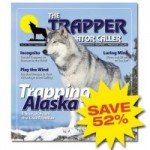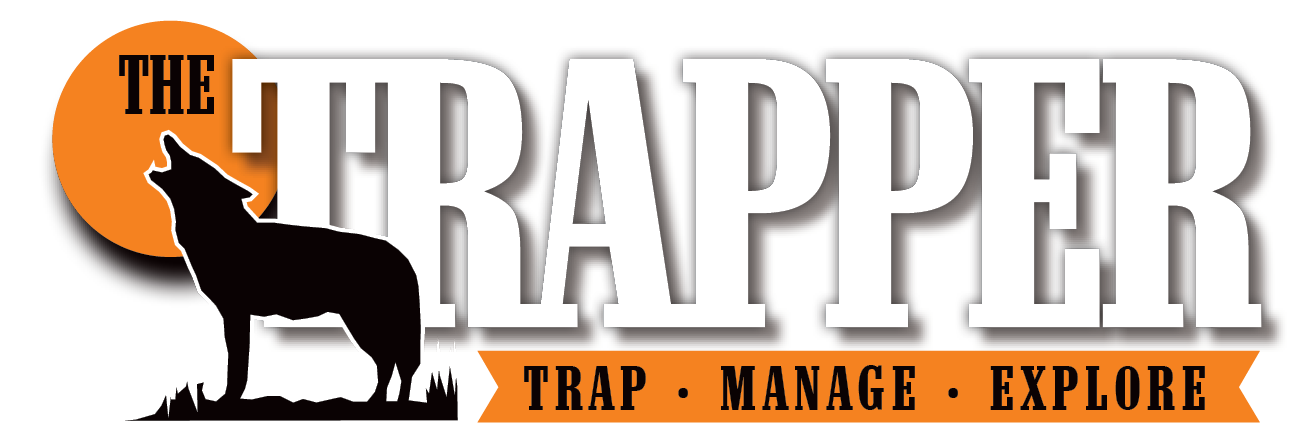This is a portion of Lance Homman’s story “Ghost Hunting,” which appeared in the October 2014 Trapper & Predator Caller issue.
By Lance Homman
The biggest difference between hunting bobcats and hunting lynx is the difference in the size of the territories they work, according to Loren Reese, owner of Reese Outdoors in Kenai, Alaska.
“I’ve seen bobcats come from 200 yards, running to the call,” Reese said. “They would often be within shooting range before the coyotes. The Gray Ghosts will move from tree to tree as they work their way toward the call. I’ve never seen a lynx come across a frozen lake or pond. I’m not saying they won’t do it, but I’ve never seen it.”
Reese believes that they contend with wolves and must stay close to trees in order to escape should the connection ever be made. Whereas bobcats generally took anywhere from two minutes to 45 minutes to respond to Reese’s calls in Arizona, lynx tend to approach more cautiously, taking a half hour or more to close the gap.
“In Arizona, I would always try to find a good wash for bobcats,” Reese said. “I always said that where you find the quail, you will find the bobcats. This includes river bottoms, washes and anywhere you could find good ground cover. With lynx, the thicker the trees, the better. As a rule, if I can’t see more than 40 yards, it’s probably a good spot for lynx. Most important is finding a fresh track to call on. With lynx, day-old tracks are old news.”
As far as sounds go, Reese leans away from what you would expect — the snowshoe hare. He prefers a high-pitched vole distress or a woodpecker sound. For guys with an e-caller, Reese suggests elevating your caller by placing it in a tree, and make sure you can see the caller.
“I’ve had both bobcats and lynx go right to the caller and sit two to three feet in front of it,” Reese said. “Hearing noise, but not seeing movement, well, they’ll stick around for about 30 seconds before realizing something isn’t right and then move on.”
When Reese first tried calling lynx, he hid his e-caller out of sight and 30 yards away. After wrapping up an unsuccessful stand, he went to retrieve his caller and found lynx tracks in the snow where the cat had sat undetected eight feet in front of the caller.
Homman’s full “Ghost Hunting” story appeared in the October 2014 Trapper & Predator Caller issue.
You can pick up a copy of the digital issue on www.ShopDeerHunting.com.
Subscribe to Trapper & Predator Caller Magazine
 Trapper & Predator Caller is the best trapping and predator hunting magazine. Why aren’t you a subscriber? Sign up today and receive furbearer news, trapping techniques, fur market reports and more right to your mailbox.
Trapper & Predator Caller is the best trapping and predator hunting magazine. Why aren’t you a subscriber? Sign up today and receive furbearer news, trapping techniques, fur market reports and more right to your mailbox.


